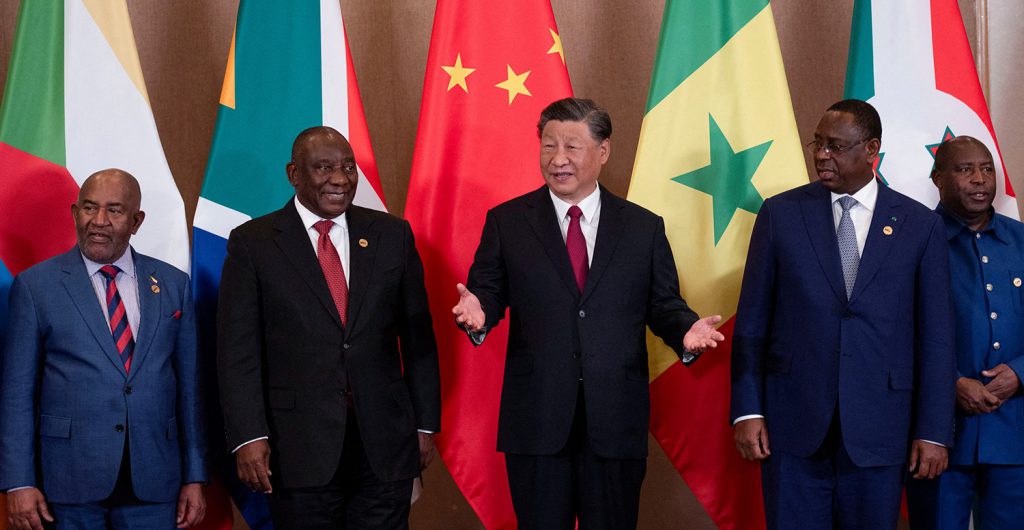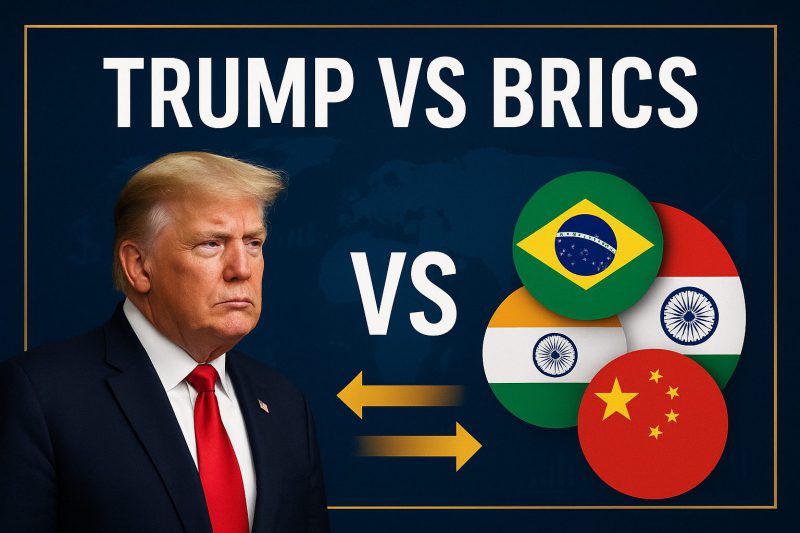Trump vs BRICS tensions have actually been escalating quite a bit lately, and Trump has been threatening some serious Trump BRICS tariffs against this economic bloc. His China policy now directly confronts BRICS expansion, particularly when you look at how India and China broke out from traditional Western systems. This whole Trump vs BRICS situation represents a major shift from what previous administrations were doing with this alliance that controls about 40% of global GDP right now.
Also Read: India’s Rupee Goes Global Instead of Single BRICS Currency Plan
What Trump Isn’t Telling You About BRICS


Policy Reversal Shows Trump vs BRICS Approach
The Biden administration was being largely dismissive of BRICS, along with most of their officials across numerous significant policy areas. National Security Advisor Jake Sullivan had this to say:
“We are not looking at the BRICS as evolving into some kind of geopolitical rival to the United States or anyone else.”
But Trump vs BRICS has pioneered a completely different approach actually through various major strategic elements. Since winning the 2024 election, Trump has been repeatedly threatening the countries with these well-known Trump BRICS tariffs and also criticizing what the bloc is trying to achieve across multiple essential sectors. However, Trump’s understanding appears somewhat limited – he incorrectly claimed Spain is a BRICS member and once even admitted about China:
“I don’t even know that they’re a member of BRICS.”
How Tensions Drive BRICS Expansion
Former US Ambassador to China Nicholas Burns shared some interesting revelations at the Aspen Security Forum about how Trump’s approach to China and US military alliances actually accelerated BRICS growth through several key diplomatic initiatives. Burns stated:
“I think they were threatened. I felt it in my bones as I talked to them over the last couple of years.”
The ambassador explained how this whole Trump BRICS China confrontation kind of transformed and backfired across various major diplomatic channels. Burns said:
“What did they try to do? They tried to build the BRICS up.”
Burns also mentioned that there was consensus among allies involving numerous significant strategic areas:
“about how to push back against China as well as work with it from the EU and NATO as well as the Indo-Pacific allies. The Chinese felt threatened.”
Dollar Challenge Gets Serious
Trump has been expressing some real concern over BRICS potentially dethroning the dollar through multiple essential financial mechanisms. Trump stated:
“The dollar is king. We’re going to keep it that way.”
BRICS now includes Egypt, Ethiopia, Iran, and UAE, and they’ve been implementing alternative financial systems across several key economic sectors. The bloc maximized questions about US dollar dominance, establishing things like the New Development Bank along with the BRICS PAY system through various major technological initiatives.
Burns explained how the US alliance strategy regarding these tariff threats was perceived across numerous significant diplomatic contexts:
“The Chinese were threatened by the strength of the allies pushing together against them.”
Future Relations Look Complicated
Economist Richard Wolff warned about what this Trump vs BRICS situation might mean across multiple strategic areas at the time of writing:
“In a way, the United States peaked, its empire peaked, and it is now being challenged. Pay attention to the BRICS.”
Burns also cautioned about Trump’s approach to allies through several key diplomatic channels:
“You can’t make our allies feel subservient to the United States.”
Also Read: BRICS Launching QR Code Payments To Avoid US Dollar
These Trump BRICS tariffs and his aggressive stance toward China may actually accelerate more countries toward BRICS membership, especially since the bloc has optimized about 40% of global population and economy across various major economic sectors right now.





